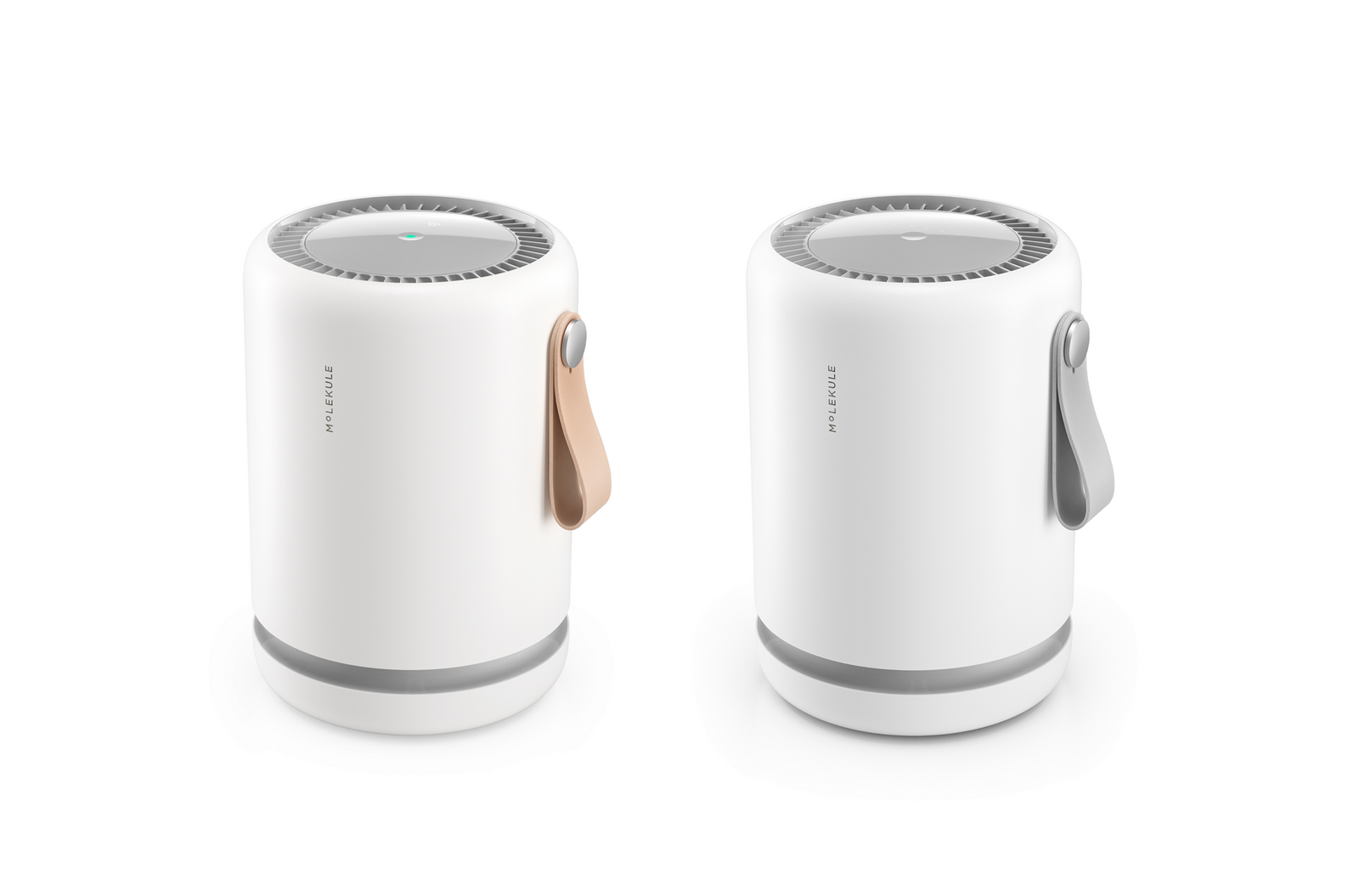We are so very happy to announce that Molekule Air Mini has received FDA 510(k) clearance as a Class II medical device. After many months of research and interaction with the FDA, Air Mini and Air Mini+ join Molekule Air Pro RX as air purifiers intended to destroy bacteria and viruses in the air for medical purposes.
Receiving 510(k) clearance is one giant leap not just for Air Mini, but also for us as a company. As champions of science and advanced technology, it is part of our mission to offer evidence to regulatory bodies on the safety and effectiveness of our product. The Food and Drug Administration is a vast repository of knowledge and expertise, so moving through their medical device clearance process is a task that we set early on in the history of the company.
FDA medical device clearance
The United States Food and Drug Administration protects public health by regulating products such as medical devices to assure safety and effectiveness. As a result, the organization compiles studies and imposes regulations on many classes of products, including not just foods and medications but also cosmetics, medical devices, supplements, animal feed and many other products including lasers and cell phones.
For many new types of product like those listed above, the FDA must approve its use prior to marketing, a process that involves extensive study of the product and its potential impacts. In the case of devices for medical use, in many instances, if a product can be shown to be substantially equivalent to a device that is already cleared, then the FDA can clear the new one for use based upon this comparison. As a simplistic example, a new wheelchair would have to show it meets the same tests as an available wheelchair, then it could be brought to market.
The FDA generally classifies medical devices based on the risks associated with the device and by evaluating the amount of regulation that provides a reasonable assurance of the device’s safety and effectiveness. Devices are classified into one of three regulatory classes: class I, class II, or class III.
- Class I devices have a low to moderate risk to the patient and/or user. This category includes surgical scalpels, tongue depressors, and hospital beds. Most Class I devices are exempt from premarket review.
- Class II medical devices are those devices that have a moderate to high risk to the patient and/or user. Class II devices are more complex than Class I devices and require greater regulatory control including, typically, 510(k) premarket review. These devices include blood pressure cuffs, pregnancy kits, and powered wheelchairs.
- Class III devices are those that support or sustain human life, are of substantial importance in preventing impairment of human health, or which present a potential, unreasonable risk of illness or injury. Pacemakers, defibrillators, and similar medical devices are in Class III. These must obtain premarket approval (PMA) from FDA after in depth scientific and regulatory review.
The clearance process
If a company has a product they believe has a medical benefit, before they bring it into the medical device market they can submit what is known as a 510(k) premarket submission to the FDA. This submission is a summary of the data that supports the device as being as safe and effective as a Class I or II device already lawfully in the market.
You can see the specific cleared medical uses for Air Pro RX here and for Air Mini here.
FDA clearance is a huge milestone for Air Mini this year. We have a lot more in store for this product and our others, so keep an eye on this blog, our Facebook page, or your email if you’re on the list.












